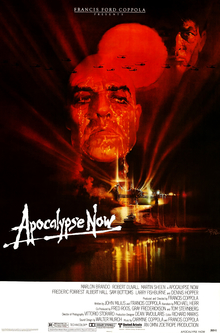Inside Llewyn Davis (2013) is directed by the impeccable Coen Brothers. You may know them from other films such as The Big Lebowski, Fargo, or No Country for Old Men. Inside Llewyn Davis follows a week in the life of Llewyn Davis (played by Oscar Isaac), a failed folk musician in 1961, as he deals with past relationships, failure, a trip to Chicago, and the struggles of taking care of a cat.
While Llewyn may not be a sympathetic character, we can see ourselves in him as we try our hardest to succeed in a world that may not value the art form that we love. Llewyn fails and fails again in every aspect of life, but the one thing he hangs onto is his love for playing folk music.
The film follows a narrative similar to that of “The Odyssey”. Llewyn ventures out into unknown territory, meeting eccentric characters that would rather tell their stories than hear his. His journey is tiresome and lonely at times, but he is searching for wealth and fame in a bleak world.
The performances in this film are top notch, and we can see cameos of those who have been in Coen Brother movies in the past. Oscar Isaac is great as Llewyn, and the film does a great job of showing the world around him through his eyes.
The Coen Brothers try to use this story as a way of showing us that sometimes our failures can lead us on incredible journies in a world that could never support us. We are equally part of this world, and we allow this world to influence us. If we are only looking for fame, then we are blinding ourselves to patterns that do not matter. We will be doomed to live a cyclical life, and never learn the things that really matter.
I may have described this movie as dark, but it is incredibly inspiring!

